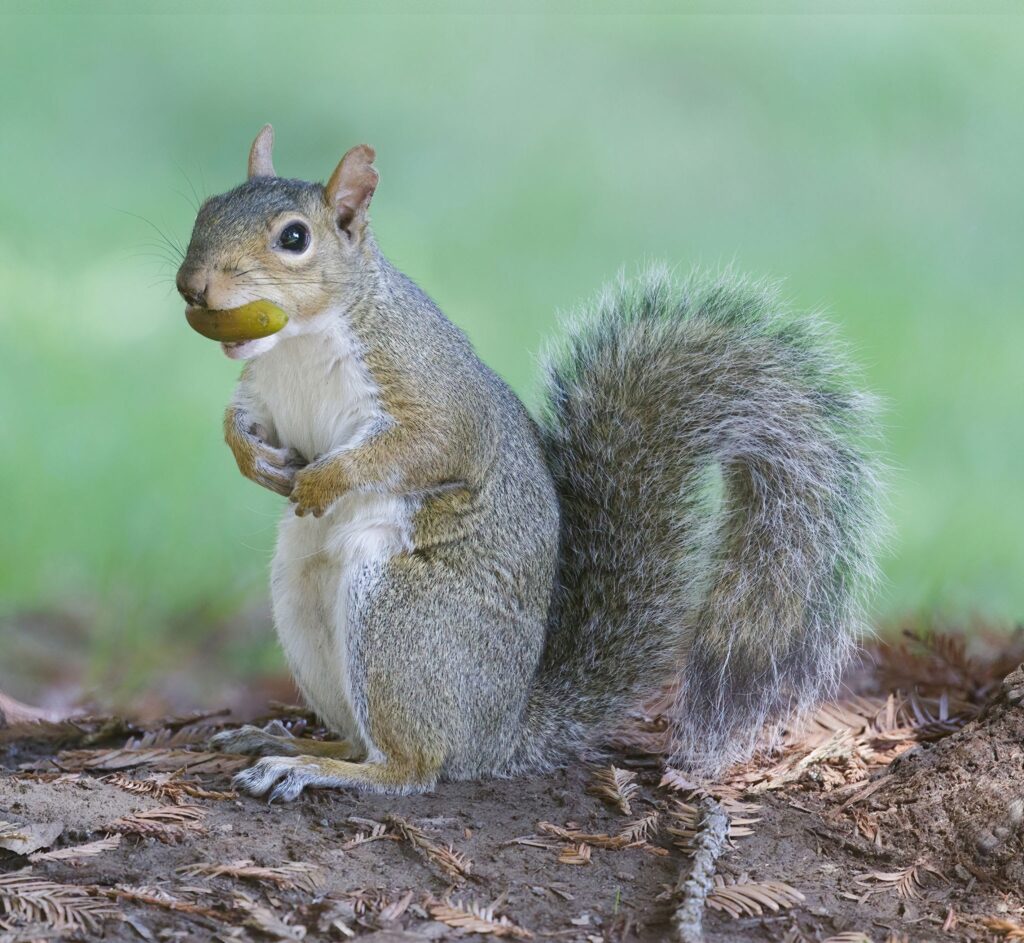Headline Today: Western gray squirrels in Washington state are currently facing a severe risk of extinction, being categorized as endangered.
Climate change and land development have pushed another animal population in Washington state onto the endangered species list. The Fish and Wildlife Commission announced on Friday that the lengthy effort, spanning over a decade, to restore the western gray squirrel species has fallen short, leading to its current classification as “seriously threatened with extinction.”

The decision to reclassify the squirrel’s status follows extensive scrutiny of information about the species. In October, the Department of Fish and Wildlife issued a warning that without collaborative management or the removal of threats, the species would likely transition to endangered status, as emphasized by Taylor Cotten, the conservation assessment section manager at the department, during the commission meeting.
“We are proposing reclassification as endangered wildlife, indicating that the species is ‘seriously threatened with extinction throughout all or a significant portion of its range within the state,'” Cotten stated.
The western gray squirrels had held the status of a threatened species since 1993, prompting the state to initiate a recovery plan in 2007 to boost population numbers. Despite these efforts, the primary habitat in the Cascades has declined by over 20% since the initial threat designation. Presently, the state harbors only three isolated squirrel populations, characterized by low and fragmented occupancy.
In 2001, there was a suggestion to include the squirrels on the federal endangered species list, but this was deemed unnecessary by the government in 2004. According to Cotten, conservation actions undertaken as part of the decade-long recovery plan have proven inadequate.
A significant factor contributing to the decline is climate change. Cotten pointed out that the increasing frequency and severity of wildfires, exacerbated by climate change, pose a threat. Additionally, the extended time required for harvest rotations in the South Cascades, ranging from 35 to 45 years, is likely restricting the availability of suitable structures for the squirrels.
In 2022, Washington witnessed over 660 wildfires, burning more than 55,600 acres across the Department of Natural Resources jurisdiction. Although these figures were below the 10-year average, state officials attributed the relative decrease to a very wet spring, with conditions turning hot and dry in July, leading to a volatile fire threat.
The year 2022 was marked by extremes, a trend expected to intensify as rising global temperatures contribute to severe weather events, spanning droughts to heavy precipitation.
The Fish and Wildlife Department website highlights the western gray squirrels’ sensitivity to diseases, which may become more prevalent with warmer temperatures.
This case reflects a broader trend observed globally, as highlighted in a report by the World Wildlife Fund for Nature last year. Out of nearly 32,000 animal populations worldwide, there was an average decline of 69% since 1970, signaling a “code red for the planet (and humanity).” The report emphasized the urgent need to address the alarming decline in global vertebrate wildlife populations due to the impacts of climate change: a shocking two-thirds decline in the global Living Planet Index less than 50 years.”
